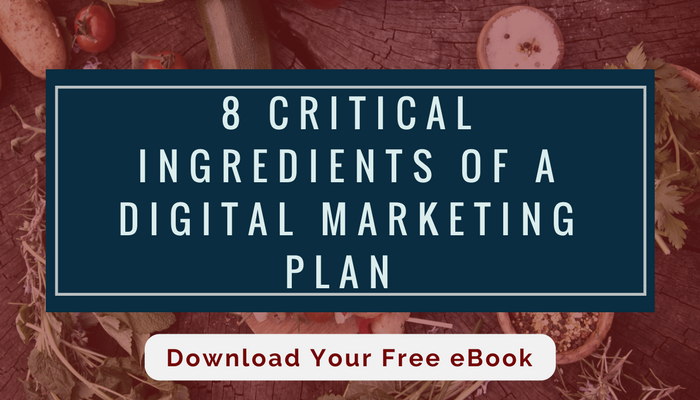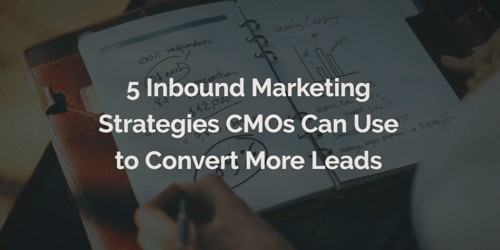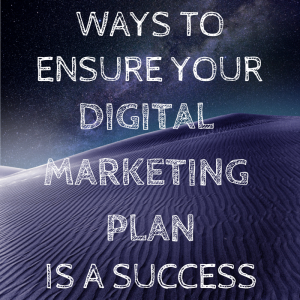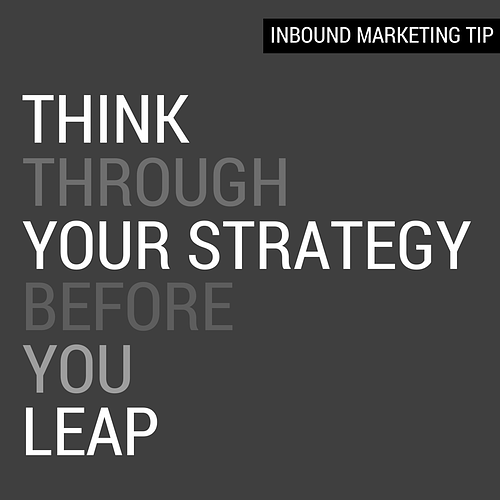Attention Marketing Managers: Here's 8 Ways to Optimize Your Online Conversions

 If you're wondering how to optimize your online conversions, you're asking yourself the same question as countless marketing managers who have come before you.
If you're wondering how to optimize your online conversions, you're asking yourself the same question as countless marketing managers who have come before you.
These eight (8) steps offer a great "crash course" in optimizing your online conversions:
1. Analyze Your Existing Campaign
If you have an existing campaign, start by subjecting it to a thorough and objective analysis. Include social messages, calls-to-action, blog posts, emails, landing pages and keywords in your analysis.
Look at recent metrics for each part of the campaign. Pay special attention to views, clicks, submissions, contacts and customer counts. Note any metrics that clearly fall short of your set goals.
Do the same for metrics that meet or exceed your goals and show reasonable growth. Those are important indicators of what's working for your campaign.
2. Optimize Your Call-to-Action (CTA)
After you've taken a high-level look at campaign metrics, zoom in on your call-to-action. First, compare the total number of call-to-action views you've accumulated with the total number of clicks. If you're not seeing a conversion rate of at least 1 to 2 percent, re-optimization is needed.
To optimize, change your CTA text to emphasize keywords that align with your campaign's offer. Use action words to confer a sense of urgency.
Next, assess the design and color scheme of the CTA and adjust appropriately. Your CTA should align with the rest of your company's brand. It should also be designed to guide the reader through to take the desired action.
Finally, consider your CTA's placement. It should be located in prominent places throughout your marketing materials, including the end of each blog post and "above the fold" on your website and at the end of each form on your landing pages.
3. Optimize Your Landing Page
Next, it's time to optimize the landing page associated with your campaign. If you have more than one landing page, you can follow these steps for each:
- Optimize the header to ensure it clearly communicates the value proposition
- Make sure the CTA is action oriented
- Use formatting elements, including bold words and larger fonts, to emphasize key points
- Remove all links, not including the CTA link, and any other distracting elements
- Overhaul the page's aesthetics to achieve consistent branding
- Control the thought process of your information flow to guide the visitor through your messaging
4. Optimize Any Associated Forms
Forms are absolutely critical to conversion. Each landing page should have a form to drive conversions. Follow these steps to ensure that it's optimized:
- Keep the form in a visually prominent location, ideally above the fold
- Use action words that describes what the visitor is going to do or get, such as "download," instead of "submit"
- Shorten the form to only include the contact fields you need the most
- Determine which field types are best for your prospects: checkboxes, drop downs, etc.
5. Analyze Your Email Campaign's Performance
Once your form is optimized, it's time to look at your email campaign's performance. Assess your campaign's open rates relative to total sends. Likewise, look at your emails' click-through rates. If your click rate is below 3 percent, you need to make some adjustments to your marketing emails. If it's above 7 percent, you're on firm footing.
To improve your marketing emails, try the following
- Adjust the content so it’s action-orientated
- Using concise subject lines that clearly communicate value and motivate readers to open
6. Optimize Your Blog Articles
Blog articles need to be optimized too. Follow these steps for more effective blog marketing:
- For each blog post, identify a single long-tail keyword that drives inbound traffic
- Ensure that the keyword has a high ranking
- Place the keyword in your title, headers, URL, body content, image alt-text and meta description
- Vary keyword syntax in the body
- Place your CTA banner at the end of the article
7. Analyze Your Social Performance and Adjust Accordingly
On each social network where you're active, analyze user engagement metrics with each post, tweet or share. Determine which types of social content produce the best results for your customers and prospects then adjust future campaigns accordingly.
8. Schedule Regular Reviews to Keep Your Campaign on Track
Determine how frequently you'll need to repeat this process to keep your marketing efforts on track because there's not a single "right" answer. Your decision will depend on the amount of internal resources you can devote to your review as well as the lifecycle of each campaign.
Learn How to Optimize Your Online Conversions from the Pros
If you want to feel more confident in your ability to optimize your online conversions, these strategies will definitely get you on the right track. However, there's much more to know about getting the most out of your inbound marketing campaign.
Give us a call or contact us online to find out how we can help improve your online marketing.








